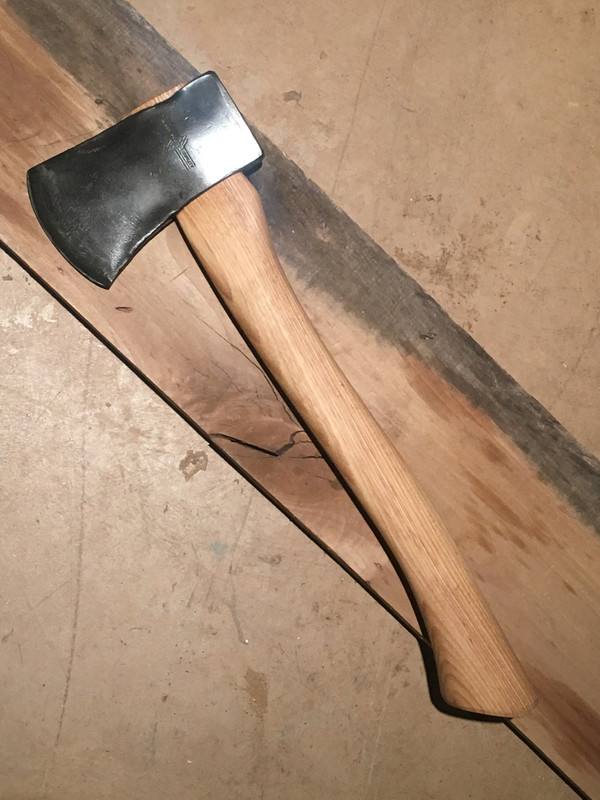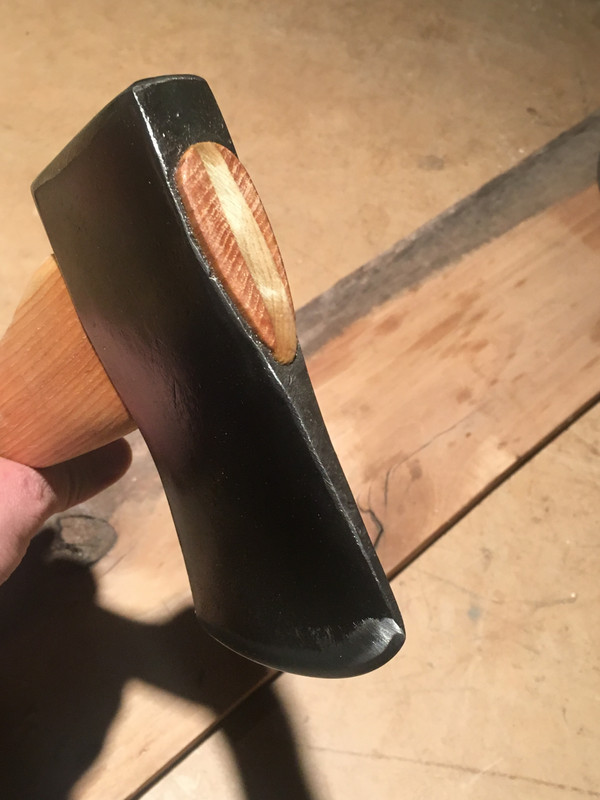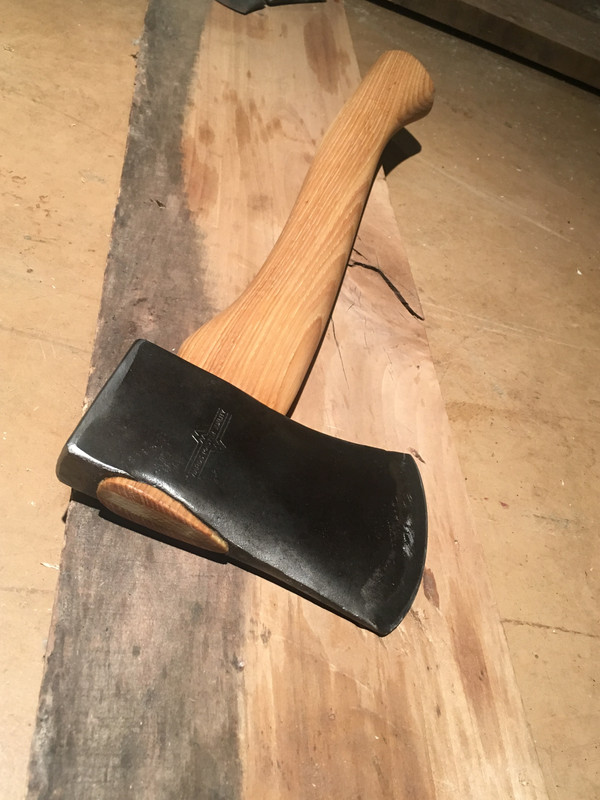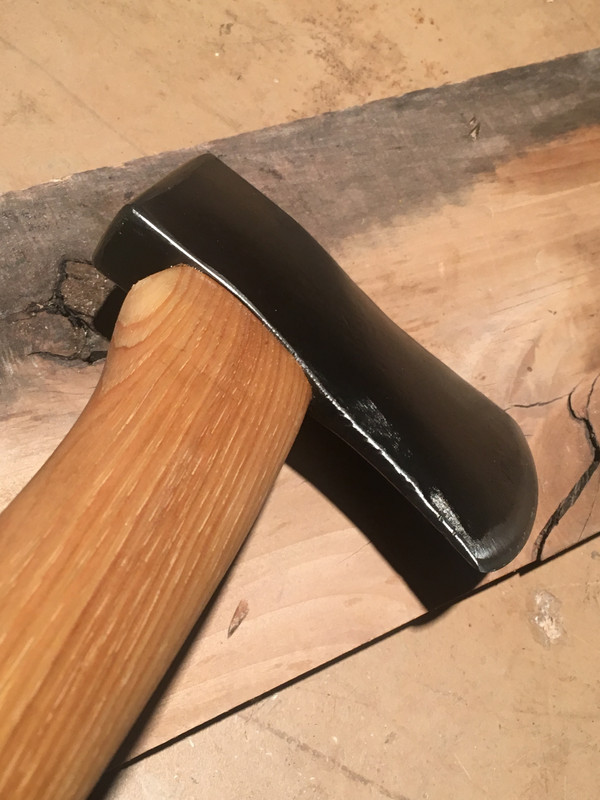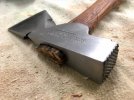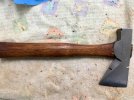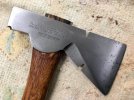- Joined
- Aug 21, 2013
- Messages
- 3,898
Thanks Square Peg!
Would you use spokeshaves, both round and flat bottom to octagalize a conventional haft?
Kerry, I know you addressed your question to Square_peg but a well set up flat spoke shave can do a lot of the work for you. Getting your spokeshave very sharp, finding and keeping the right depth on it can be harder than hanging your axe though.
I don’t have a rounded one so I can’t speak to that but if it’s rounded then I imagine that it might not get the flats you want.
Files alone can get the flats, a burnished scraper can help clean them up and “sharpen” the edges if you want them “sharp”.
I like the feel of the flats but soften the edges somewhat for use.






